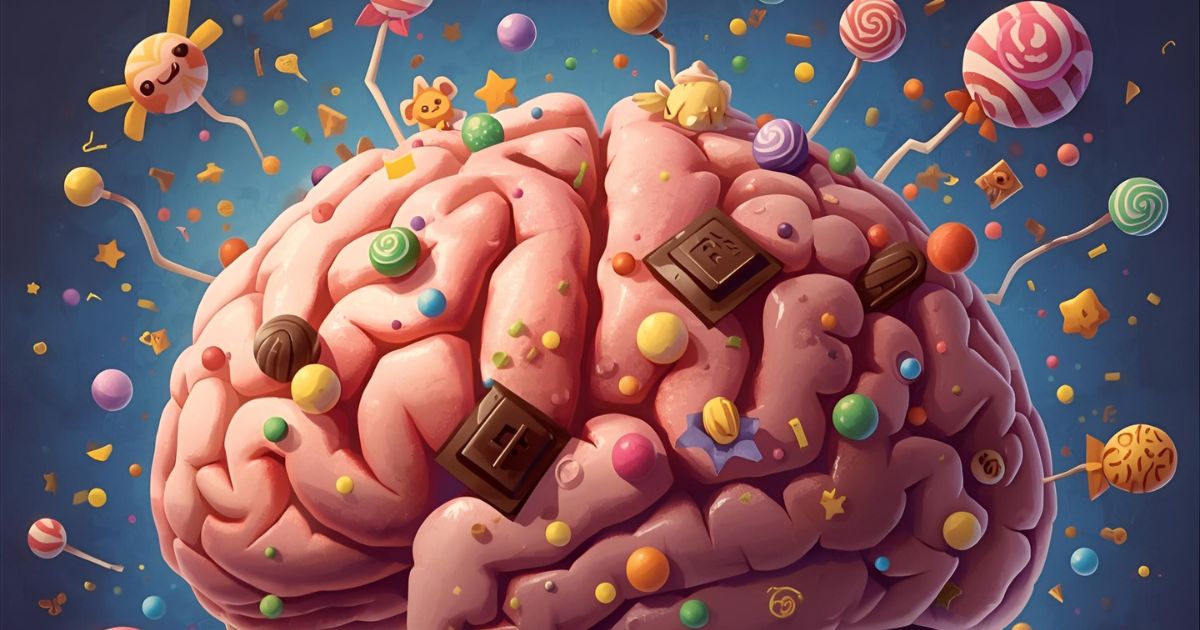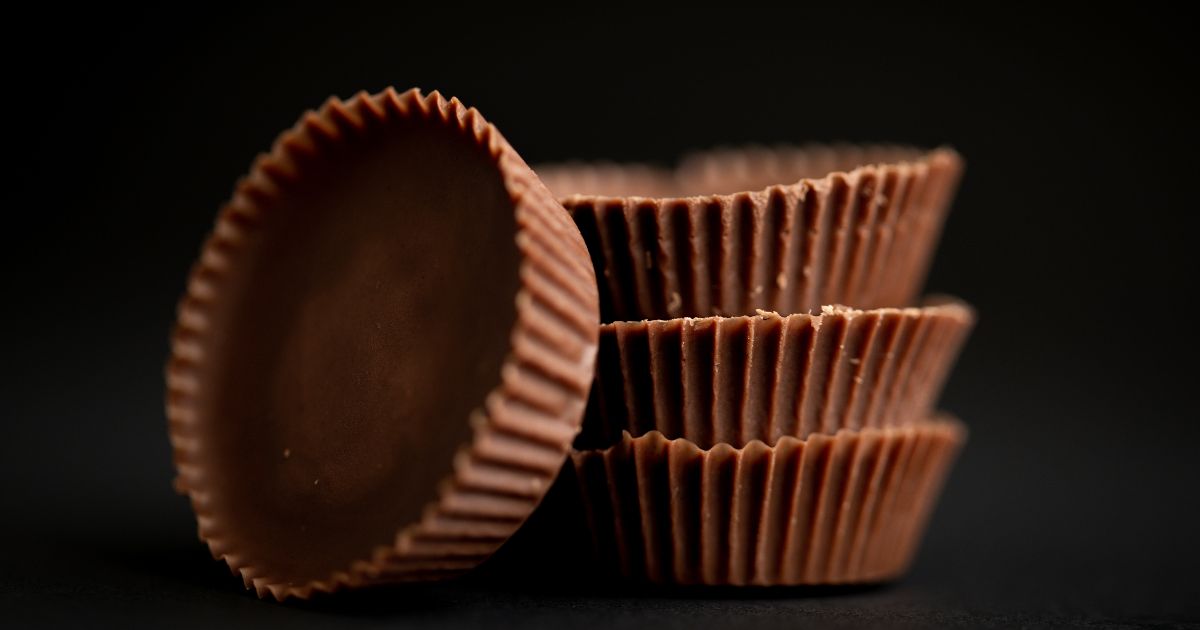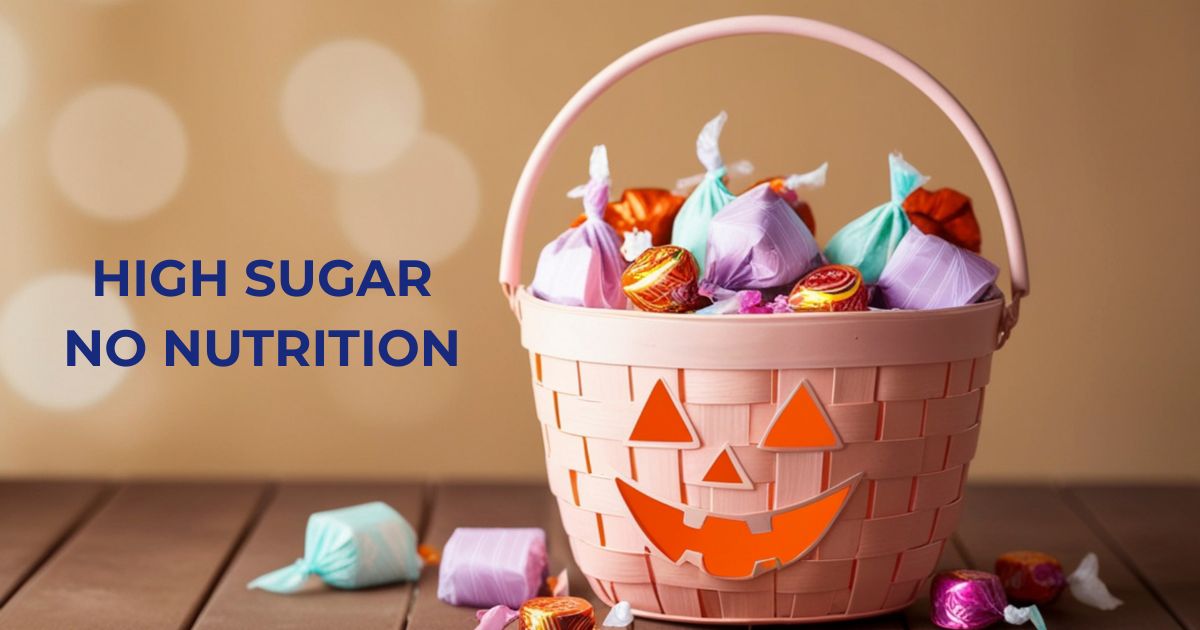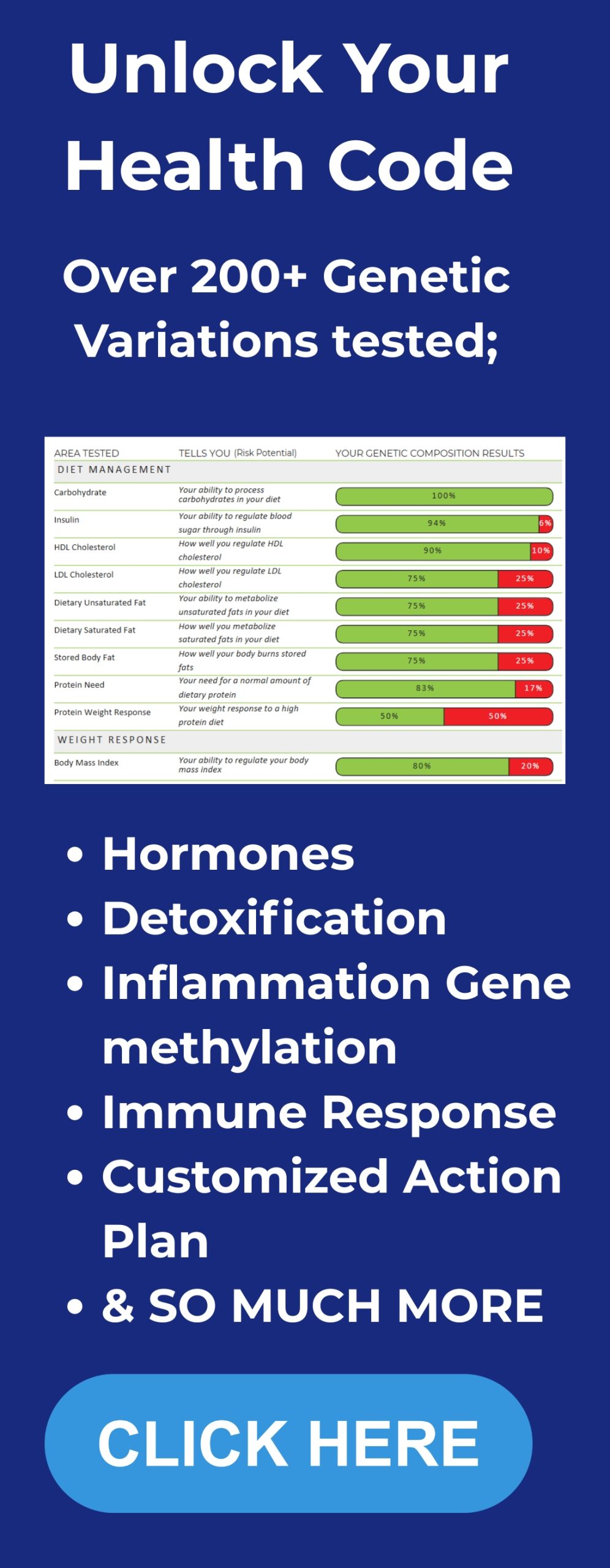Each Halloween, our kids return home with bags full of colorful treats ; a symbol of fun, excitement, and community. But behind the festive glow, there’s a less-talked-about side to that candy haul: high amounts of refined sugar, artificial dyes, and additives that can have surprising effects on mood, focus, and overall health. We believe that understanding what goes into your body is the first step toward better living.
We’ll take a closer look at what’s really inside those Halloween favorites, how excess sugar and additives can impact brain and metabolic health, and why moderation (plus smarter swaps) can make all the difference. Then we’ll share a simple, healthier homemade alternative that lets you keep the joy of Halloween without the unwanted ingredients. Let’s explore how to make this spooky season a little sweeter for your family’s wellbeing.
Why Candy Isn’t Just “Fun” & What’s Going On Inside Kids’ Brains

The Sugar Surge and the Brain
When a child eats candy, lots of sugar hits the bloodstream. At first it’s “great” with th kids getting lots of energy, excitement. But from a neurological standpoint, there’s more going on.
-
Research shows that high consumption of sugar in adolescence (and childhood) can impair performance on learning and memory tasks at least in animal models. For example in one study, sugar-sweetened beverages consumed daily in adolescence impaired adult learning and memory in rodents.
-
A comprehensive review found that although short-term studies often don’t show big changes, excessive, long-term or prenatal added sugar consumption may be detrimental to cognitive function.
-
A piece from Harvard says chronic high blood glucose can lead to small-vessel disease in the brain, shrinkage of brain matter, and reduced connectivity between brain regions.
So yes, a few pieces of candy may not wreck a brain overnight, but when “just a few pieces” turns into a giant haul eaten over days, and becomes a habit and that’s when the concerns rise.
Behaviour, Mood and Hyperactivity
We often hear “sugar makes kids hyper!” So what does the research say?
-
Some sources note that excessive sugar may lead to impulsivity, hyperactivity and difficulty in focus and notably via effects on the brain’s reward system, and the hippocampus (learning/memory centre).
-
However, there’s also the counter-view: a meta-analysis found that sugar does not reliably affect behaviour or cognitive performance in children.
-
To reconcile: I believe the takeaway is that occasional sugar may not blow up behaviour, but frequent high sugar, combined with poor diet, poor sleep, and additives, likely makes the brain environment less optimal.
If you’d like to explore more about how everyday foods affect mood, focus and emotional balance, check out our post on how food controls your mood.

The Developing Brain Is Vulnerable
Kids’ brains are still developing where the neural connections, synapses, regulation of mood and focus systems are all maturing.
-
Excessive consumption of high-fat and sugary foods can have negative effects on neuron function and cause increased levels of inflammation in the brain.
-
Prolonged daily consumption of high sugar and high fat foods has been linked to a loss of neurons … in the prefrontal cortex … and may negatively impact formation of cognitive processes.
So when the brain is more plastic, more vulnerable, the accumulation of “treat-heavy” diets may shape habits, reward circuitry and even cognitive performance later.
That Chocolatey Peanut Butter Cup… A Sneaky Trouble Maker
Now let’s zoom in on one of the most beloved Halloween candies: peanut butter cups.

What the Ingredient Labels Reveal
The Reese’s Milk Chocolate Peanut Butter Cups (a common brand) were analyzed by Environmental Working Group (EWG). Findings:
-
The product has been classified as an “unhealthy ultra-processed food.”
-
The ingredients list: MILK CHOCOLATE (sugar, cocoa butter, chocolate, skim milk, milk fat, lactose, lecithin (soy), PGPR), PEANUTS, SUGAR, DEXTROSE, SALT, TBHQ & CITRIC ACID (to maintain freshness).
-
Notably, the additive TBHQ (tertiary butylhydroquinone) is flagged as “higher concern” in food processing.
-
Also the product is 52 % sugar by weight according to EWG.
Why These Ingredients Are Worrisome
-
TBHQ and PGPR: These are synthetic additives used to preserve shelf life and improve texture / mixability. Some critics argue they may carry long-term health risks.
-
Ultra-processed status: The more a food is processed (added ingredients, refinements, synthetic components), the more likely it’s associated with chronic health problems (obesity, diabetes, mental health issues).
-
Sugar load + fat: These peanut butter cups combine sugar + peanut butter + chocolate fat. High sugar and high fat together create strong reward signalling in the brain (dopamine release) and can reinforce snacking/preferring.
My Take as Parent & Health Advocate
When I see a candy that’s more than half sugar, plus synthetic additives and oils, I ask: “Is this supporting my child’s brain, mood, learning and long-term health?” The honest answer: not really. Is it ‘forbidden’? Not necessarily. But as the “treat” in treat night, rather than the norm. And given the context of Halloween, where kids might get dozens of pieces in one go, the cumulative effect is what worries me.
How Bad Are Halloween Candies Really? My Balanced View
I don’t want this to become a guilt fest and after all Halloween is fun. But here’s how I break it down:
The Real Risks
-
High added sugar intake: When candies flood your child’s diet for days, they may exceed safe sugar-intake guidelines. The American Heart Association and others recommend limiting added sugar for kids.
-
Frequent reinforcement of reward circuitry: Lots of sugary, fatty treats engage the brain’s reward system repeatedly, conditioning children to crave similar snacks. This may make less sugary/less processed foods less appealing.
-
Displacement of nutritious food: If candy becomes a major part of diet in a period, children might eat less nutritious meals, leading to poorer brain-fueling nutrients.
-
Additives and processing: Ultra-processed candy may carry more than just sugar. They may include emulsifiers, synthetic preservatives, hydrogenated vegetable oils, etc. The long-term brain and health impacts are less deeply studied, but caution seems wise.
-
Mood and behaviour swings: While sugar alone may not reliably cause ADHD-type behaviour, over-consumption, plus poor sleep, dehydration, or caffeine from other sources can create behaviour/mood issues.

And What Isn’t Proven
-
The claim “eating candy once makes your kid’s brain deteriorate” is over-dramatic. Many studies show no direct automatic cognitive decline from one candy binge.
-
Not every child will react the same way. Genetic, lifestyle, diet, sleep, gut health, and environment all modulate outcomes. For a deeper understanding of how your or your child’s unique genetic makeup influences sugar sensitivity, metabolism, and mood regulation, explore our personalized DNA insights.
-
Treating candy as the sole culprit ignores broader diet, activity, sleep and screen time factors.
My Recommendations for Halloween
-
Use candy as occasional treat: One evening, a few pieces, not every day across a week.
-
Balance with nutrient-rich foods: If candy comes in, ensure meals around it have good protein, fiber, healthy fats, colorful vegetables.
-
Teach portion awareness: Let kids pick maybe 3–4 pieces to eat that evening, then they can choose to keep the rest for later, or trade them.
-
Swap ultra-processed candies for better alternatives: More on that below.
-
Limit additives, read labels: The simpler the ingredient list (for candy or snacks) the better.
Healthier Alternative: Homemade Peanut Butter Chocolate Cups
Since we’re exposing the problems with store-bought versions, I want to give you a solid alternative you can make at home—still fun, still treat-y, but much cleaner.

Ingredients
-
1 cup natural peanut butter (just peanuts + maybe salt)
-
¼ cup coconut oil, melted
-
2 tablespoons honey or maple syrup (optional, for sweetness)
-
½ cup dark chocolate chips (70% cacao or higher)
-
1 teaspoon vanilla extract
-
Sea salt (optional, for topping)
-
Mini cupcake liners (12 count)
Instructions
-
Line a mini-muffin tin with 12 liners.
-
In a bowl, mix the peanut butter + melted coconut oil + honey/maple syrup + vanilla until smooth.
-
Spoon about 1 teaspoon of the peanut-butter mixture into each liner and create the “cup” base. Freeze for ~15 minutes so it firms slightly.
-
Meanwhile melt the dark chocolate chips (in microwave in short bursts or double-boiler).
-
Spoon melted chocolate over each peanut-butter cup base so it covers and fills.
-
Sprinkle a tiny sea salt pinch on top (optional).
-
Freeze again for ~10 minutes until set.
-
Store in the fridge and serve chilled.
Why This Is Better
-
Fewer ingredients: peanuts (nutrient-rich, healthy fats) + coconut oil + dark chocolate = less processing.
-
Less sugar: by using honey or maple syrup (or skipping it) we reduce added sugar compared with store candy.
-
Better fats: peanut butter + coconut oil supply healthy fats, satiety and slower sugar release.
-
Dark chocolate 70% means less refined sugar and more beneficial cacao compounds.
-
Homemade means you control every ingredient: no TBHQ, PGPR, partial hydrogenated oils, long additive lists.
Tips for Halloween Use
-
Let your kids decorate the cups or help make them. This builds excitement and ownership.
-
Use them as “bonus treats” rather than full candy bowl.
-
Combine with non-food rewards (stickers, small toy) to reduce overreliance on sugar for fun.
-
Label them as “special home-made healthy chocolate-peanut cups” and set expectations: one or two that afternoon after trick-or-treating, and then save the rest.
The Bottom Line: How to Keep Halloween Fun and Healthy for Your Kids
So how scary are Halloween candies really? The answer: they’re not doom-and-gloom monsters in and of themselves but they are riskier than they often appear. As a health-advocate and someone who cares about brain development, I see the potential for candy to slip from “fun occasional treat” into “habitual over-fuel” that can compromise mood, focus, eating habits and long-term brain health.
When it comes to those store-bought peanut butter cups with long lists of additives and ultra-processed status, I say: let’s reduce them, not demonize kids for wanting them. Then let’s give them a clean, fun homemade replacement that offers taste, tradition and control.
This Halloween, my message is: have fun, enjoy candy, but don’t let it drive the truck. Make the home-made cups, let the trick-or-treat pile come in, pick some favorites, and then help your kid enjoy them in a way that supports – not sabotages – their brain, mood and long-term health.





